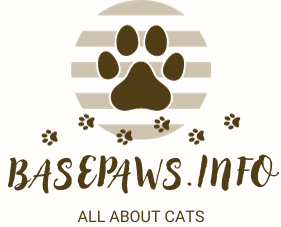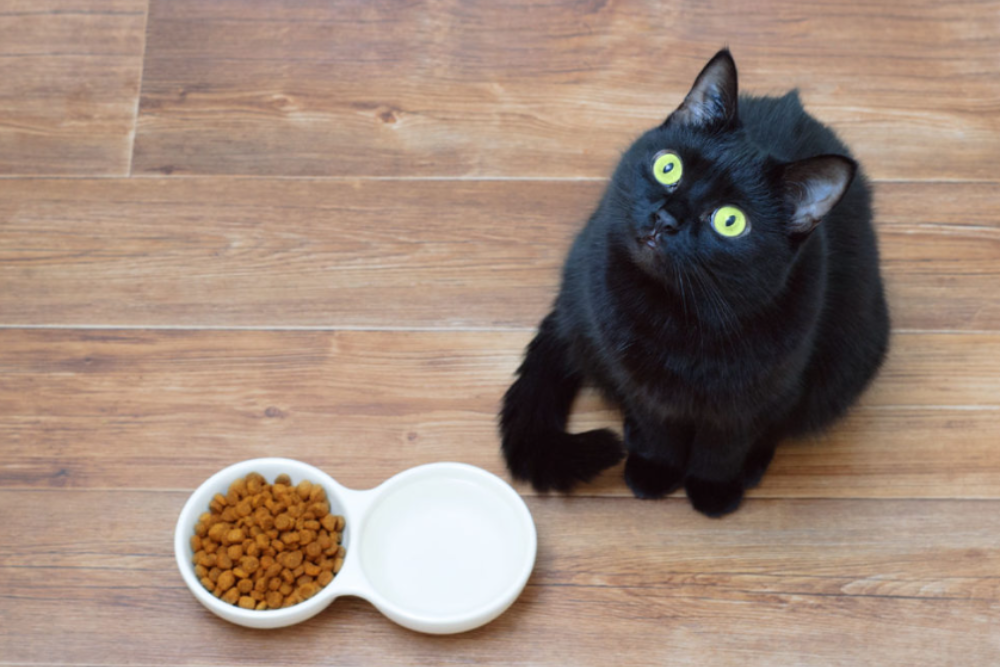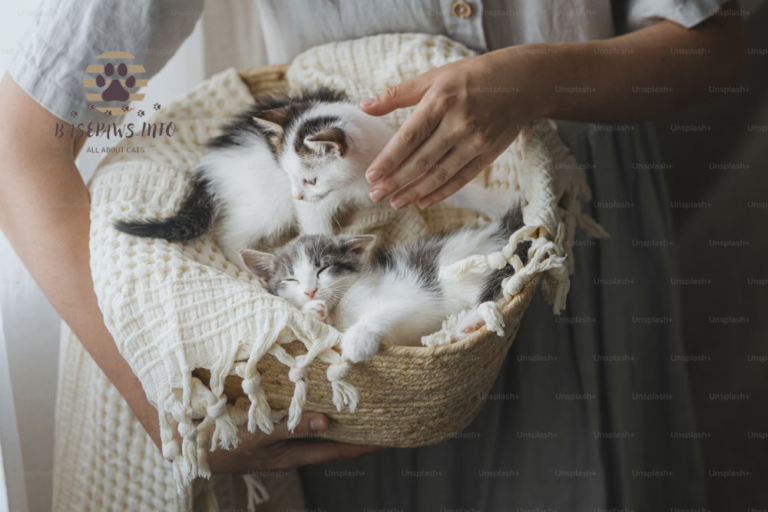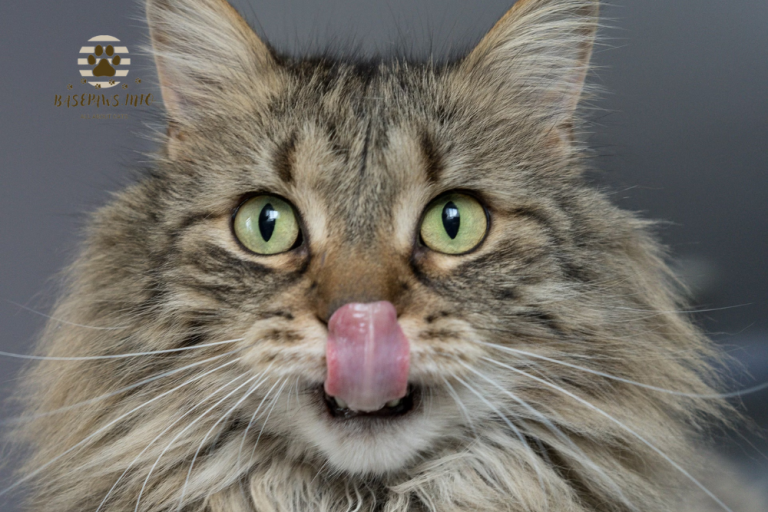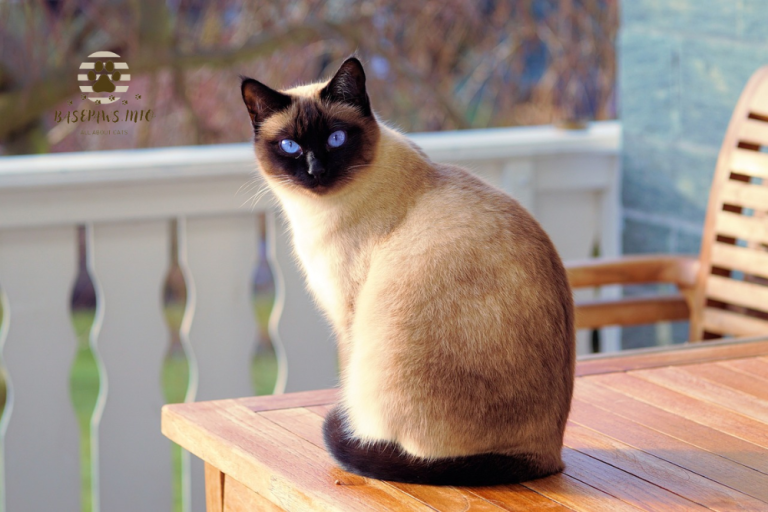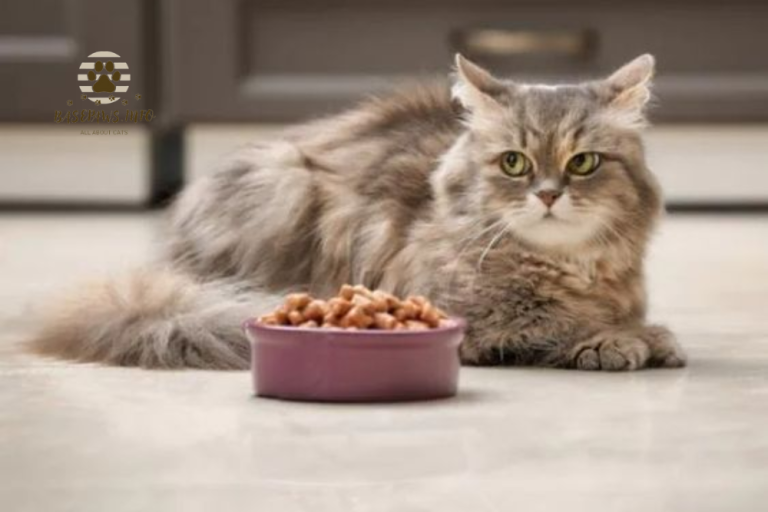Cracking the Cat Code: How to Create Nutritional, Palatable Cat Foods
As the demand for high-quality pet foods continues to rise, cat parents are looking for nutritional products akin to those available for dogs. However, creating cat food presents unique challenges. Cats have distinct nutritional needs and preferences that set them apart from their canine counterparts. Pet food companies must not only ensure that the food is nutritionally complete and balanced but also make it palatable, a particularly complex task in cat nutrition.
Understanding Cats’ Unique Nutritional Needs
Cats are obligate carnivores, which means they require nutrients that are only found in animal-derived ingredients. Sandra Grossmann, a certified companion animal nutritionist and feline training and behavior specialist, emphasizes that “cats are not small dogs,” highlighting the importance of understanding their specific dietary requirements. Unlike dogs, cats need higher levels of protein and essential amino acids, such as taurine, which they cannot produce in sufficient quantities on their own.
Key Nutrients for Cats
Shiva Raghavan, a principal scientist at Symrise Pet Food North America, notes that “cats need taurine due to their limited ability to generate it themselves.” Symrise offers various ingredients to meet these needs, including egg-based and chicken-based products that provide essential amino acids and other nutrients. Cats also cannot synthesize certain vitamins, such as vitamin A from beta-carotene, or vitamin D, making dietary fortification necessary.
Yolandi Vyver, a technical application specialist at AFB International, adds that “high levels of phosphates and propylene glycol can negatively impact cat health.” Moreover, cats are sensitive to ash content, and high ash levels can cause digestive issues and kidney problems.
The Role of Fresh Ingredients and Processing
Chris Wildman, a senior account manager at AFB, stresses the importance of using fresh ingredients, as seasonal variability can affect the nutrient profiles and quality of raw materials. For example, vitamin degradation during storage and processing can reduce the nutritional value of the food. Raghavan points out that “retort processing often results in the destruction of thiamin (vitamin B1),” which is critical for cat health.
Leah Lambrakis, vice president of R&D at Simmons Pet Food, underscores the importance of considering “ingredient quality and freshness, as well as processing impacts,” when formulating cat food to optimize palatability.
The Palatability Equation
Palatability is crucial for ensuring that cats consume the food, which is the first step in meeting their nutritional needs. Alana Brown from AFB International explains that “palatability is more than just the makeup of the cat food.” It involves various factors, including flavor, aroma, texture, density, moisture content, and kibble shape.
Greg Hibbard, a senior scientist at AFB International, emphasizes that understanding how a kibble, fat, and palatant work together is key to achieving palatability. AFB International offers a range of palatants that can be applied internally or topically to enhance a food’s appeal. These palatants can also include functional ingredients like probiotics, which can improve both palatability and operational efficiencies.
Tailoring Palatability to Cats’ Preferences
Cats have specific taste and aroma preferences due to their carnivorous nature. They naturally gravitate towards foods rich in animal protein. The first step in optimizing palatability, according to Cécile Saint-Paul, director of development at Symrise Pet Food North America, is to use palatants specifically designed to stimulate feline smell and taste receptors.
Powdered palatants are particularly effective in enhancing cat food palatability, as they are highly concentrated in compounds that stimulate taste buds. Liquid palatants also play a crucial role by enhancing the food’s smell, which is particularly important at the beginning of a meal.
The Importance of Freshness and Quality
Cats are highly sensitive to off-odors and flavors, such as those resulting from oxidation and microbial spoilage. Abby Castillo, a senior global product manager at Kemin Industries, points out that cats “will reject anything that is not fresh.” Kemin offers a range of palatants, antioxidants, and food safety products to help maintain the freshness and quality of cat food.
Selecting the Right Palatant
Choosing the right palatant depends on several factors, including the food format, desired health attributes, nutritional content, and processing methods. Angela LePore from Simmons Pet Food explains that liver and mechanically deboned meats are commonly used palatants due to their strong odor and rich flavor profile.
Balancing Nutrition and Palatability
Creating cat foods that are both nutritionally balanced and highly palatable is a complex task. Cats have very specific preferences, and even slight changes in ingredients or processing can significantly impact palatability. Formulators must also consider the calcium-phosphorus balance to avoid health issues while ensuring the food is appealing to cats.
The Role of Processing in Palatability
Processing methods, including time, temperature, grinding, and mixing, can all affect the palatability of cat food. Leah Lambrakis notes that the “chemistry set in the can” during retort cooking involves complex interactions between ingredients, which can influence the food’s taste and texture.
Navigating Consumer Demands
As consumer demand evolves, pet food companies face the challenge of creating foods that meet both nutritional and palatability standards while also aligning with trends like clean labeling and limited ingredient diets. This requires careful formulation and consideration of all factors that contribute to a food’s appeal.
Conclusion
In the ever-growing market for pet foods, creating nutritional and palatable cat foods requires a deep understanding of feline dietary needs and preferences. By focusing on high-quality ingredients, careful processing, and the right palatants, companies can create products that not only meet cats’ nutritional requirements but also appeal to their discerning tastes.
